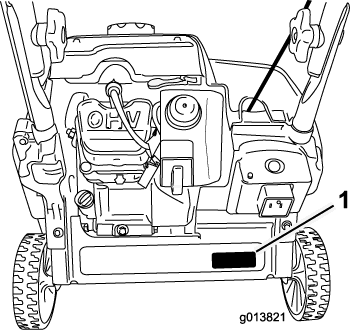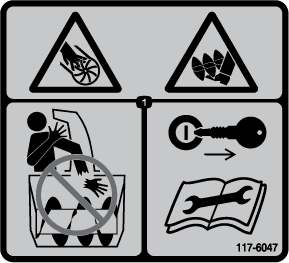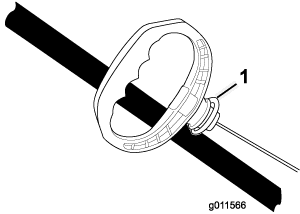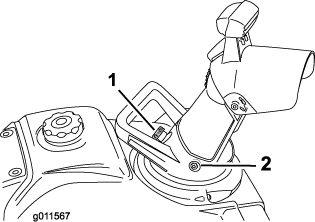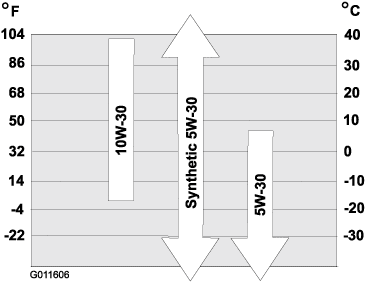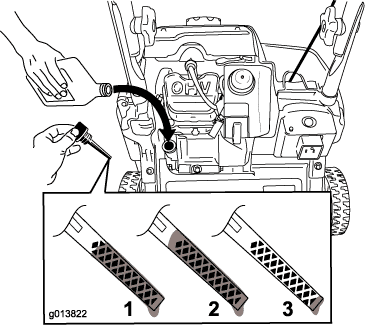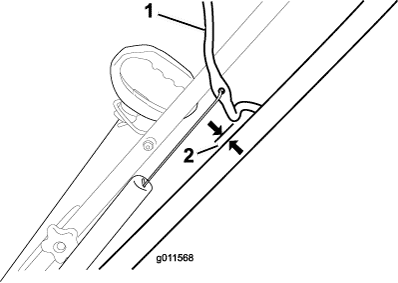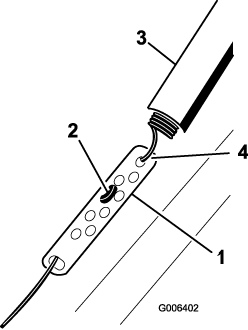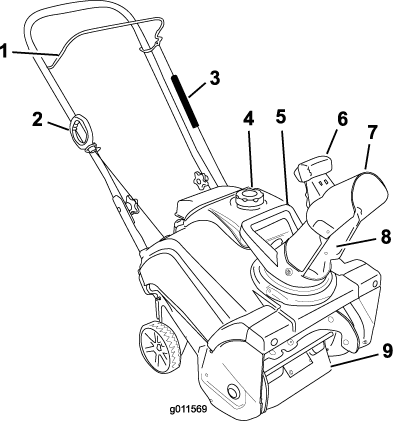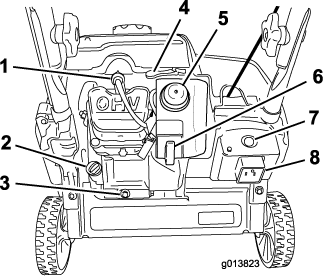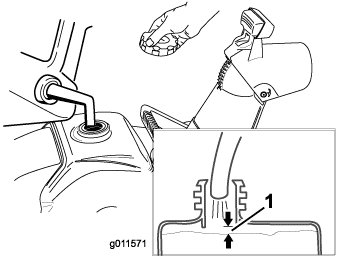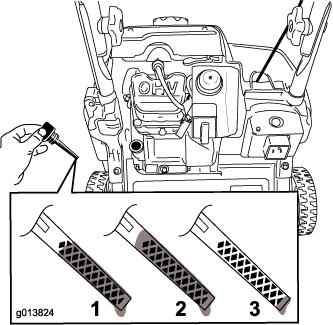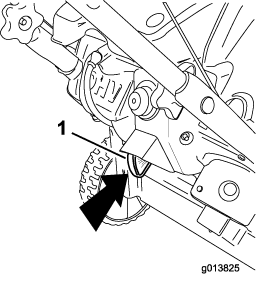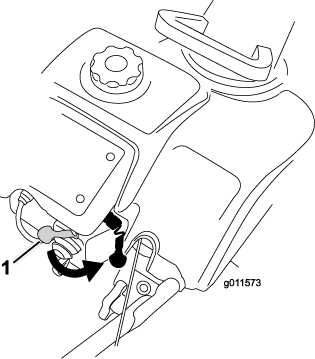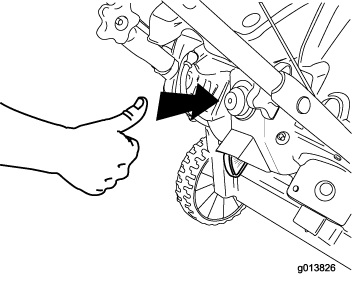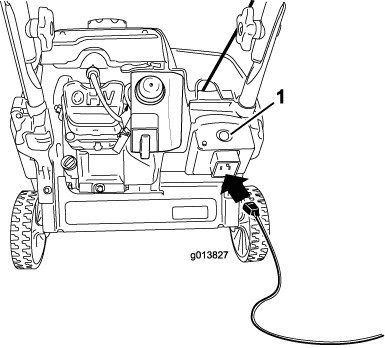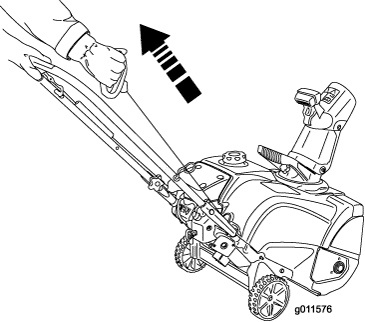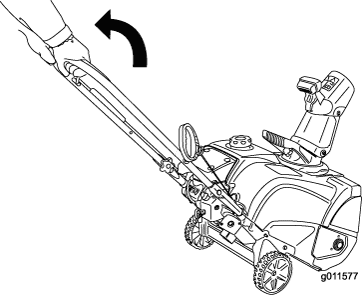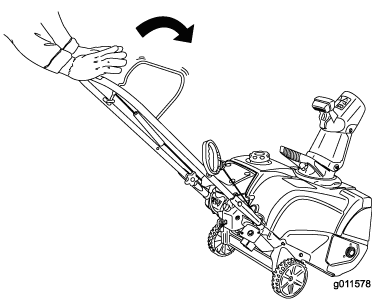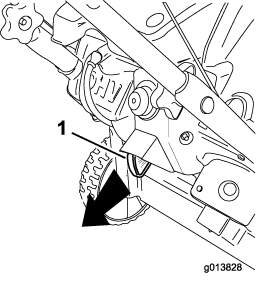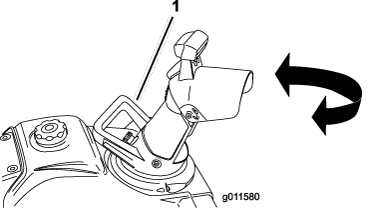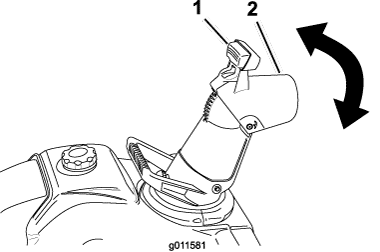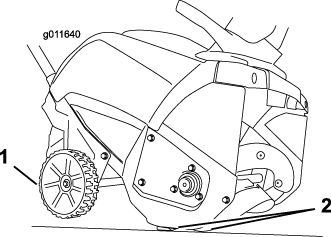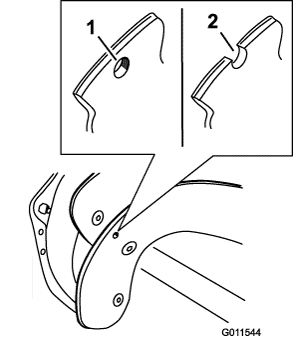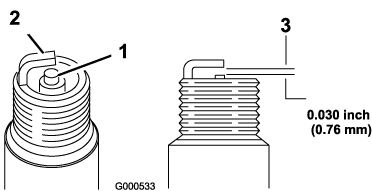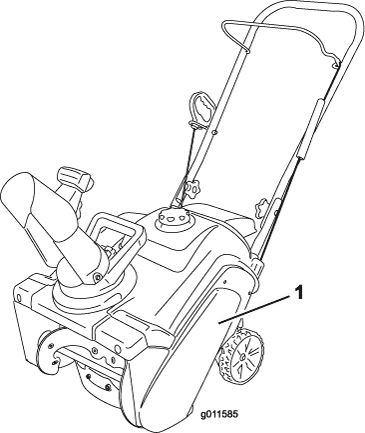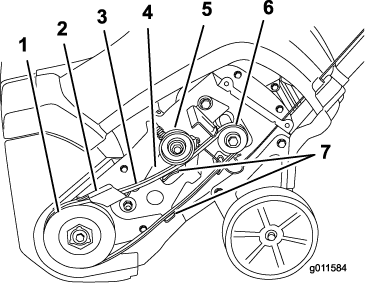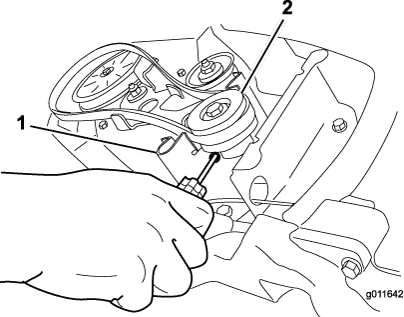WARNING
CALIFORNIA
Proposition 65 Warning
This product contains a chemical or chemicals
known to the State of California to cause cancer,
birth defects, or reproductive harm.
The engine exhaust from this product
contains chemicals known to the State of
California to cause cancer, birth defects,
or other reproductive harm.
This machine is intended to be used by residential
homeowners. It is designed primarily for removing snow from paved
surfaces, such as driveways and sidewalks, and other surfaces for
traffic on residential or commercial properties. It is not designed
for removing materials other than snow, nor is it designed for clearing
off gravel surfaces.
Read this information carefully to learn how to operate and
maintain your product properly and to avoid injury and product damage.
You are responsible for operating the product properly and safely.
You may contact Toro directly at www.Toro.com for
product and accessory information, help finding a dealer, or to register
your product.
Whenever you need service, genuine Toro parts, or additional
information, contact an Authorized Service Dealer or Toro Customer
Service and have the model and serial numbers of your product ready. Figure 1 identifies
the location of the model and serial numbers on the product.
Write down the product model and serial numbers.
This manual identifies potential hazards and has safety messages
identified by the safety alert symbol (Figure 2), which signals a hazard that
may cause serious injury or death if you do not follow the recommended
precautions.
This manual uses 2 words to highlight information. Important calls attention to special mechanical information and Note emphasizes general information worthy of special attention.
Close section

